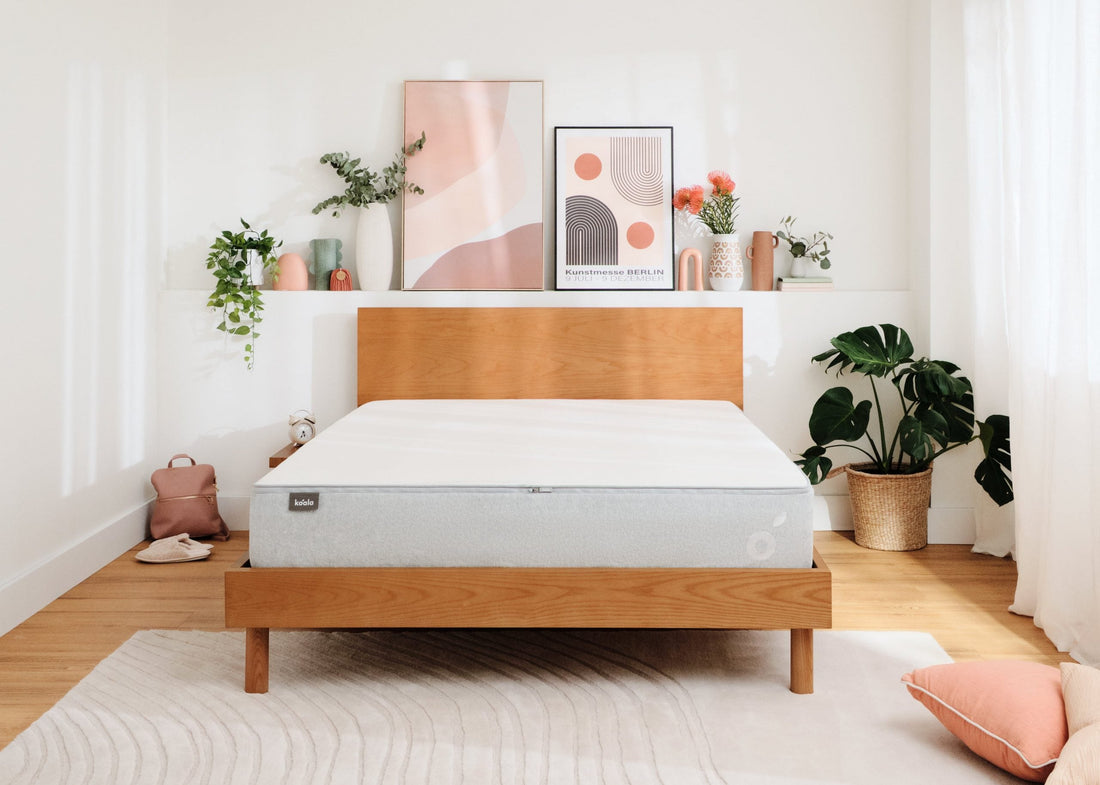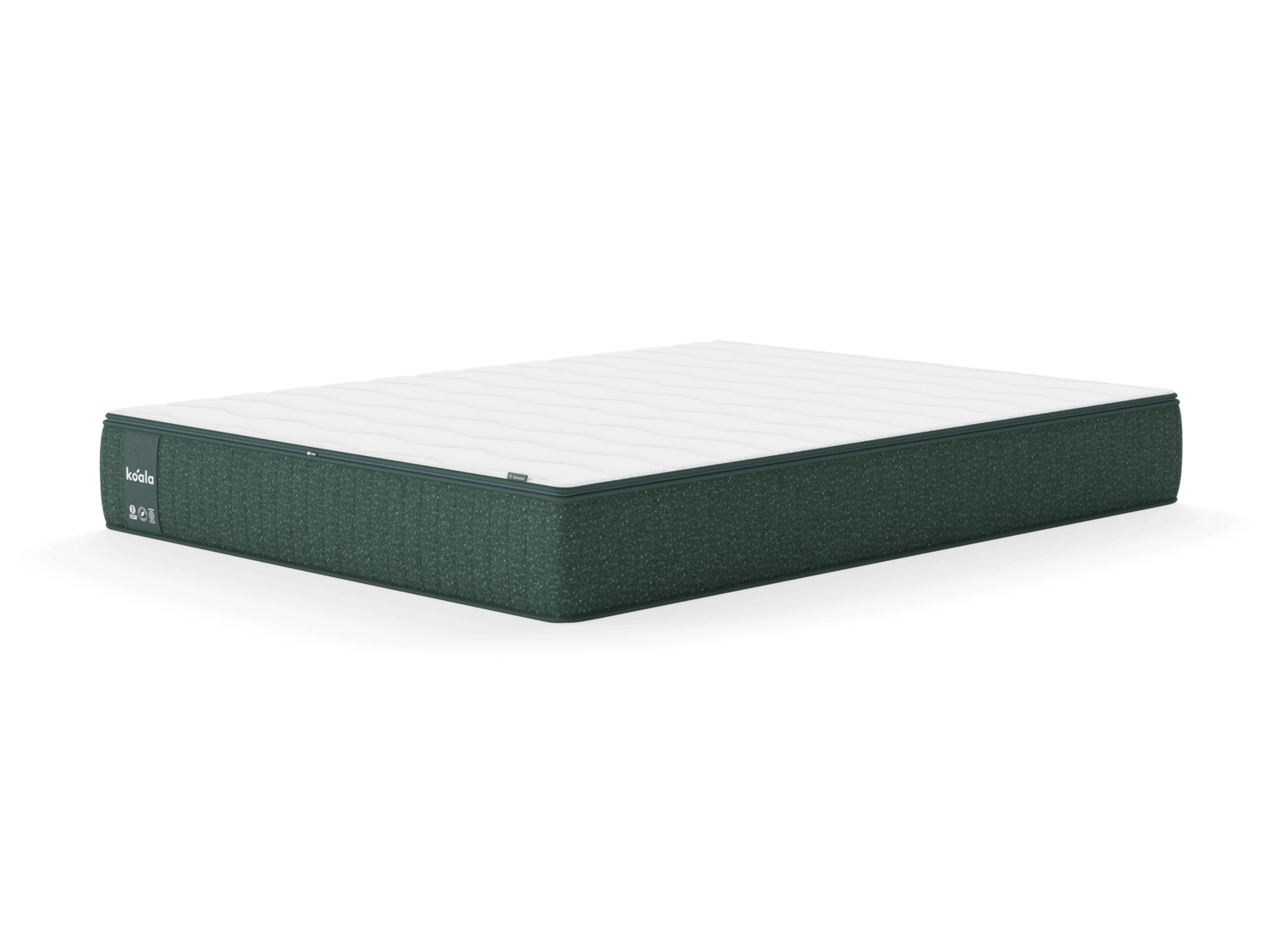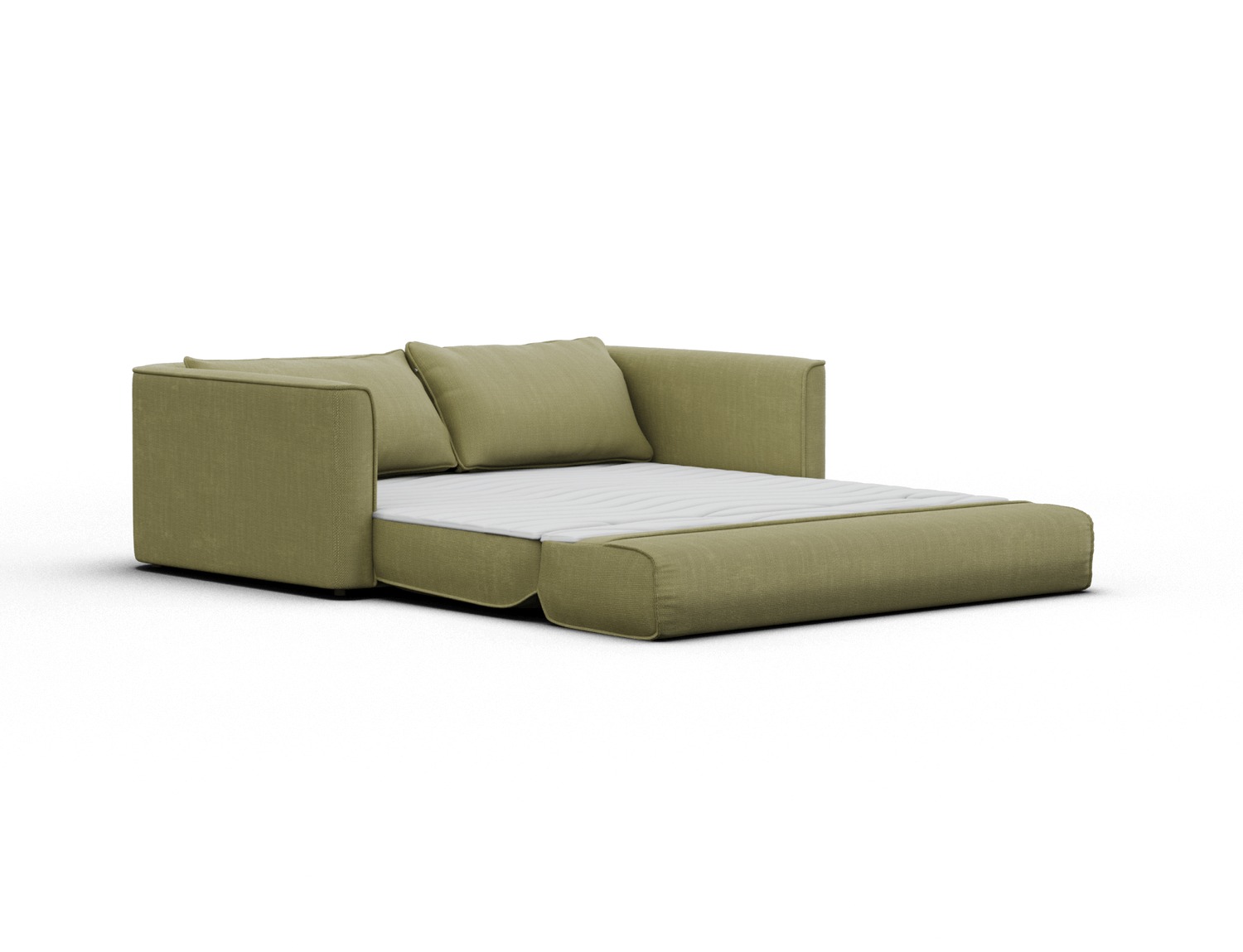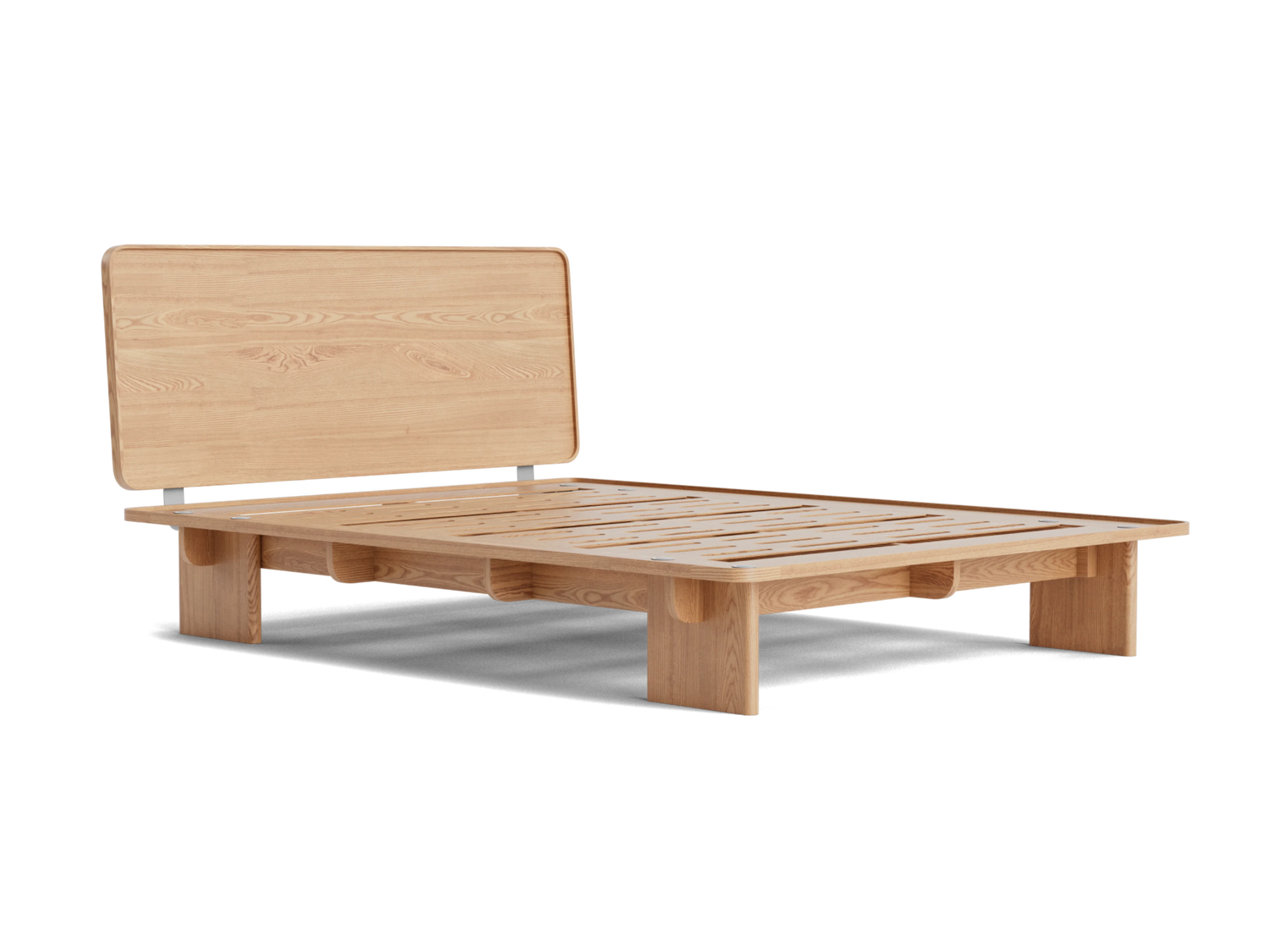
How to sleep when it’s hot
Share
We'd wager that most late water-cooler/Zoom meeting conversations have gone a little like "I get so hot at night I can't sleep!". We feel you (really, truly)...there are very few things more frustrating than when it's too hot to sleep. Unfortunately for us tossers and turners, the steamy weather is looking like it's here to stay for quite some time. So, it's time to retire that dusty standing fan Kmart sold years ago and get serious about how to sleep when it's hot.
What does El Nino mean for Australia?
Expert modelling predicts Australia could face one of the driest El Niño periods on record, increasing the risk of severe heat waves. The Australian Bureau of Meteorology climate model recently indicated that sea-surface temperatures in the Pacific Ocean may exceed El Niño thresholds by mid-2023. If so, Australians can expect to continue experiencing intensely dry and arid conditions and intense heat waves from morning to night. To address this less science-ey, essentially increased oceanic temperatures have caused an atmospheric change that messes with rainfall patterns and therefore temperatures, among other things. As BOM tells us, El Niño is typically associated with reduced rainfall, warmer temps, increased fire risk in southeast Australia, and an overall shift in temperature extremes including a later monsoon onset. TL;DR: we're set to expect higher temperatures across Australia, day and night. This cycle is known to last between one to eight years. Sheesh. That's a lot of sweaty sleeping.
Too hot to sleep? You're not alone
This extreme El Niño weather has Aussies googling the "best way to sleep in hot weather" by the thousands. And for very good reason, according to renowned specialist sleep physician Dr David Cunnington, who tells us that the extreme warmth predicted as a result of El Niño is of concern to sleep specialists. "Temperature is one of the most critical factors that can affect sleep," Dr Cunnington tells us, "We know from research that your core body temperature needs to drop by about 1 degree Centigrade to initiate good sleep and maintain a healthy deep sleep. Exposure to extreme heat during the night increases wakefulness and can decrease slow-wave and rapid-eye-movement sleep. Coupled with the projected humidity and accompanying night sweats, Australians need to audit their current sleeping arrangements." According to Koala-commissioned consumer research, over 77% of Australians report they've suffered from lack of sleep due to overheating. We're talking about a systemic, serious problem. However, most of us are reaching for the AC remote rather than considering if our mattress is making us hotter at night.
 Calm As Mattress and Kirribilli Bed Base
Calm As Mattress and Kirribilli Bed BaseBest mattress for hot sleepers in Australia
Mattresses should be comfy - of course - but they also play a pivotal role when it comes to perfecting how to sleep in hot weather. Plot twist; not all mattresses are created equal. Old saggy mattresses, cheap foam mattresses or even outdated "memory foam" mattresses can cause you to sleep hot as you tend to get sucked in and engulfed as you sleep, resulting in poor airflow and breathability. Alarmingly, despite the importance of temperature to our sleep, only 8%^ of Aussies list 'temperature' as one of their key purchase drivers when it comes to selecting their mattresses. Our Chief Commercial Officer, Rory Costello, puts it quite simply: "It's important as we face extreme weather, we start to reframe the purchase debate of mattresses away from 'soft versus firm' and into 'cool versus hot'. Sleep health is not something that should be traded away and that's why all mattresses are made with advanced cooling and breathability features. In fact, our independent tests have shown that Koala's proprietary Kloudcell Mattress Foam sleeps up to 40% cooler than other popular memory foam alternatives* ."
Are Koala mattresses good in the heat?
In short: hell yes. Rory mentions Kloudcell, the unique open-cell foam we use in each of our mattresses, which provides more airflow than alternatives. Pair this increased breathability with Kloudcell's supportive and responsive structure, and you've got yourself unrivalled pressure relief without that hot, sinking feeling. Along with Kloudcell, our mattresses also come in a range of cooling covering fabrics. The Koala Mattress SE and Koala Mattress features a TENCEL cover for natural cooling, the Calm As Mattress has a moisture-wicking COOLMAX® cover, and the luxurious Soul Mate Mattress is equipped with cutting-edge Sensapole® phase-change fabric that responds to your body temperature throughout the night. Here's a little more info on why Koala are consistently named among the best mattress in Australia.
More tips on how to fall asleep when it's hot
So you've upgraded to one of our (literally) cool mattresses (great decision-making!), but you're looking for a little more. We feel ya. We speak to Olivia Arezzolo, Australia's leading sleep expert, to discover her top tips for hitting the ideal temperature for sleep: 






